
Modern-day art education has a high rate of failure. If you've seen or experienced that failure, maybe you've also been left wondering why it didn't work.
There are a lot of reasons for this in a society where the term “artist” is usually accompanied by “starving.” At the root of this issue is education.
Poor art education leaves you with a lack of skills. If you don’t have skills and weren’t granted extraordinary natural talent, then you can’t make a marketable product.
Because of the lack of quality ground-up education, the failure rate in art education is astronomical. The number of people actually getting jobs in the art industry is small.
There is no comprehensible breakdown of art fundamentals that enables students to learn and gain skills to produce something worth paying for.
Failing to teach the fundamentals of art and then expecting students to become working artists is comparable to not teaching a child how to swim and then tossing them in the ocean, expecting them to understand how to swim in the waves naturally.
And this is the failure of art education.
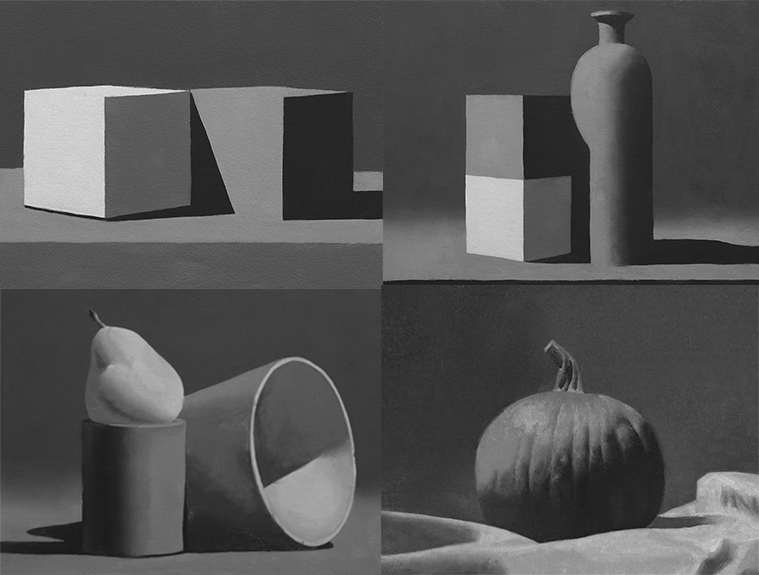
Art education needs a foundational curriculum in value, edge, and color. An example of this foundational education can be seen in Evolve student's work.
Art Education Teaches the Foundations
It is easiest to describe this in different terms. Let’s say we saw someone standing up on a stage eloquently reading Shakespeare. Imagine beautiful delivery, crisp and clear enunciation, no mumbling or muttering, simply a beautiful resonating voice reading elegant poetry.
Imagine the audience just soaking it all in. Then, imagine the reader closing the book and saying, “And that is how you read a book."
The bottom line is this: it may have been incredible listening and experiencing the performance, but by simply experiencing it you don’t know anything about reading. The viewer certainly didn’t learn to read from the performance.
Failing to teach the fundamentals of art education and then expecting students to become working artists is comparable to not teaching a child how to swim and then tossing them in the ocean, expecting them to understand how to swim in the waves naturally.
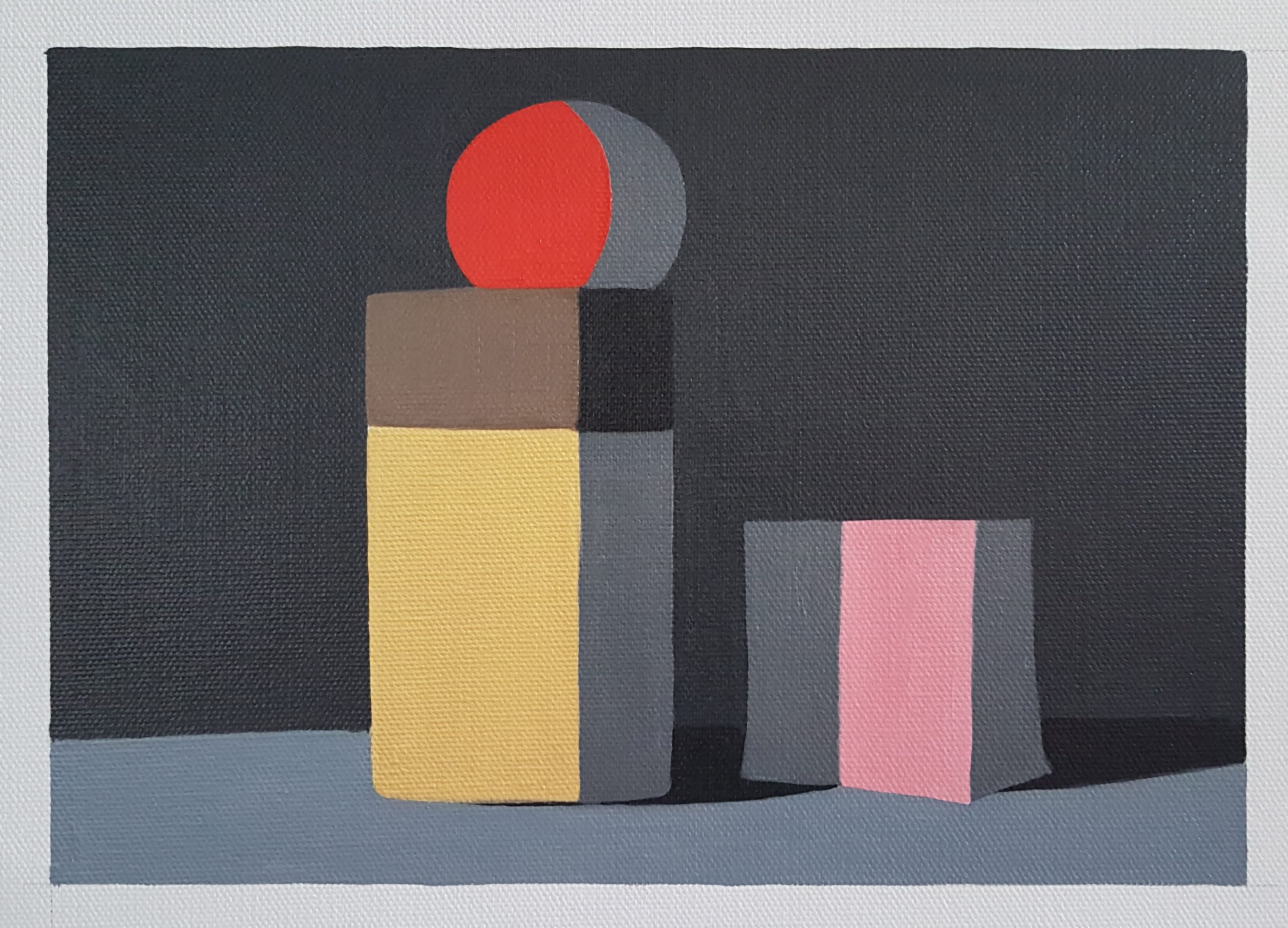
Foundational education requires simplification of techniques, breaking down complex things into simple steps.
For example, the task of reading requires knowledge of a few basic things. The components of reading (alphabet, words, sentences) are learned individually.
You must learn the components before actually reading a book. First, you learn the alphabet.
Now the alphabet doesn’t make you capable of reading, but it does empower to you to learn words.
Understanding words does not equate to being able to read. These are fundamentals, and they are the foundation for reading.
Once you have the foundation, you learn grammatical structure, phrasing, vocabulary, and begin to become eloquent.
So when we think about it, truly beautiful art is the equivalent of beautiful poetic writing. And you cannot produce beautiful poetry if you don’t have the alphabet, words, grammar, and structure.
Without foundations, there is no mastery.
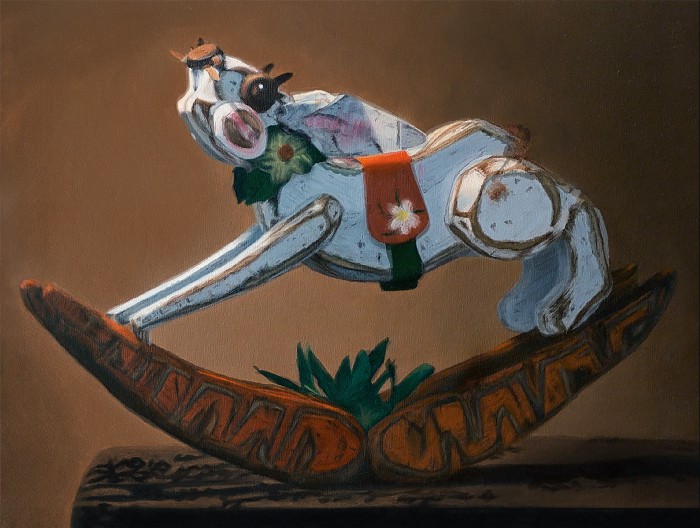
Quality, ground-up education makes it possible for a student to study a short time and be able to produce work of this quality, by Evolve student Michael B.
Knowledge Versus Experience in Art Education
Just like a teacher telling an illiterate student to read, art education teaches impossible concepts for beginners. A teacher will put students in front of a complicated subject, like a live human being, and say “paint.”
The student is self-educating, without prior knowledge, which is never a good thing.
The one who is self-taught is taught by the ignorant because the person teaching doesn’t know anything. Now experience will get you down the road a little bit, but you need the knowledge to blend with your experience.
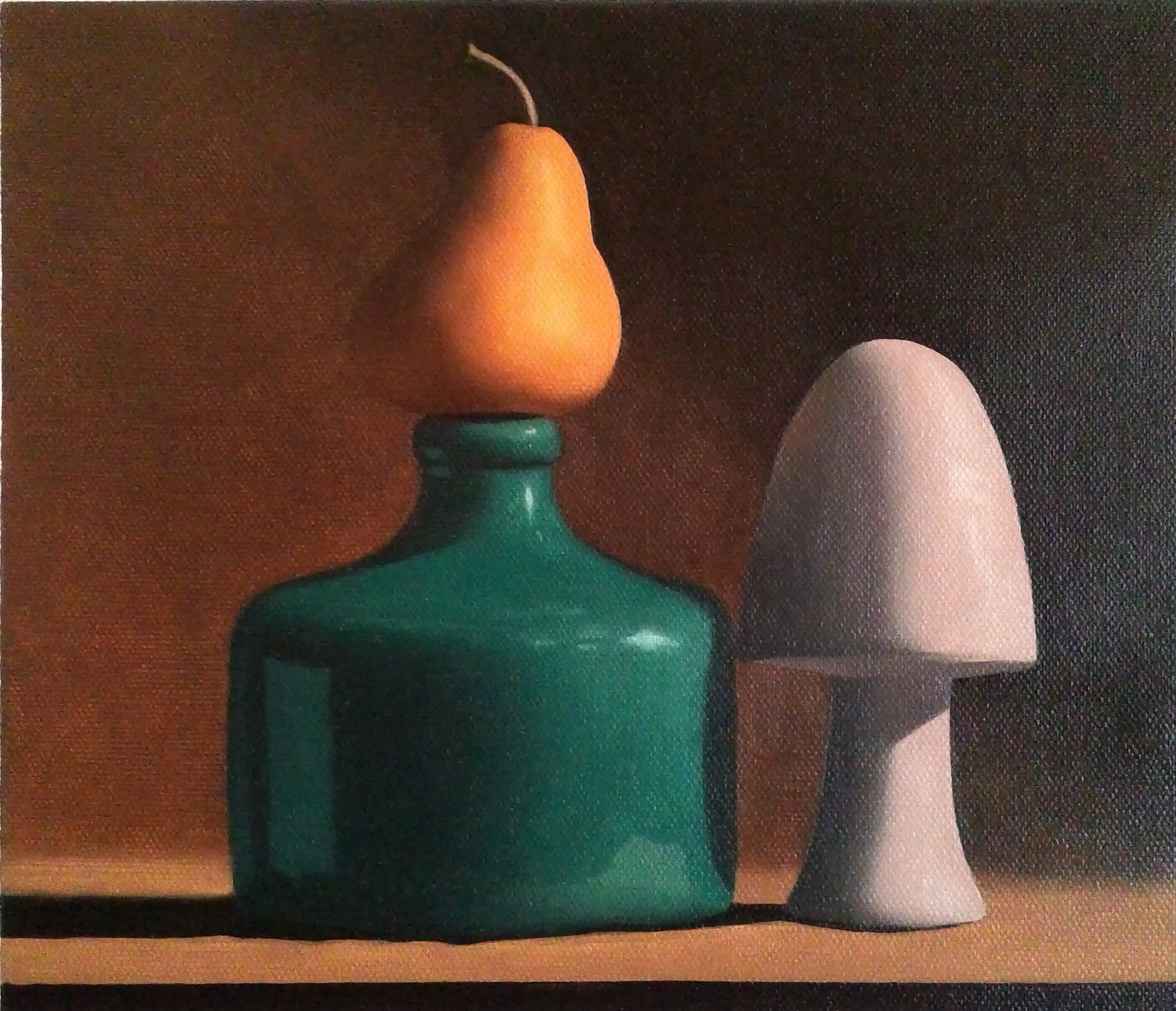
Painting by Evolve student Sheila J.
So any real art education has to start with something that comes across like an alphabet, something very simple, almost painfully remedial.
If a child couldn’t learn what you’re learning, then chances are you are being taught wrong.
Once you get past the very basic alphabet you can begin to conquer vocabulary. It’s a bit more complex, but not unmanageable with the knowledge you now have.
After that, you start stitching the vocabulary together into simple sentences. Then, the sentences get slightly more complex until they become poetry, something much more powerful and influential.
In art, the equivalent is that you start to make meaningful paintings.
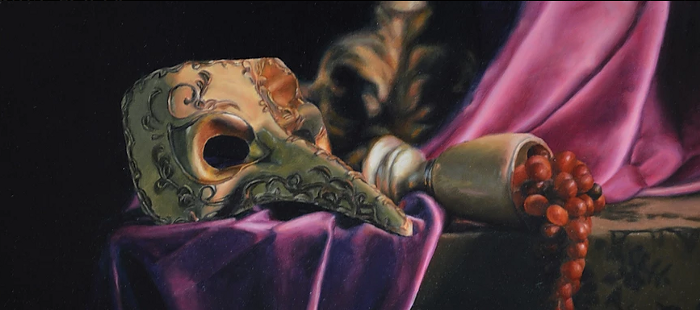
Masquerade by Daniel Folta
Conclusion
Many schools are trying to broaden the students’ horizons as to what kind of art exists in the world in their art education curriculum.
However, they’re not actually teaching techniques. They can teach you a little bit, but it is more what you are capable of doing without having been taught fundamentals.
It is kind of experimenting and playing around, which has its place, but if you’re looking for a real education, you have to learn from the ground up. Anything else is not an education, it’s more of growth through experience versus growth through knowledge.
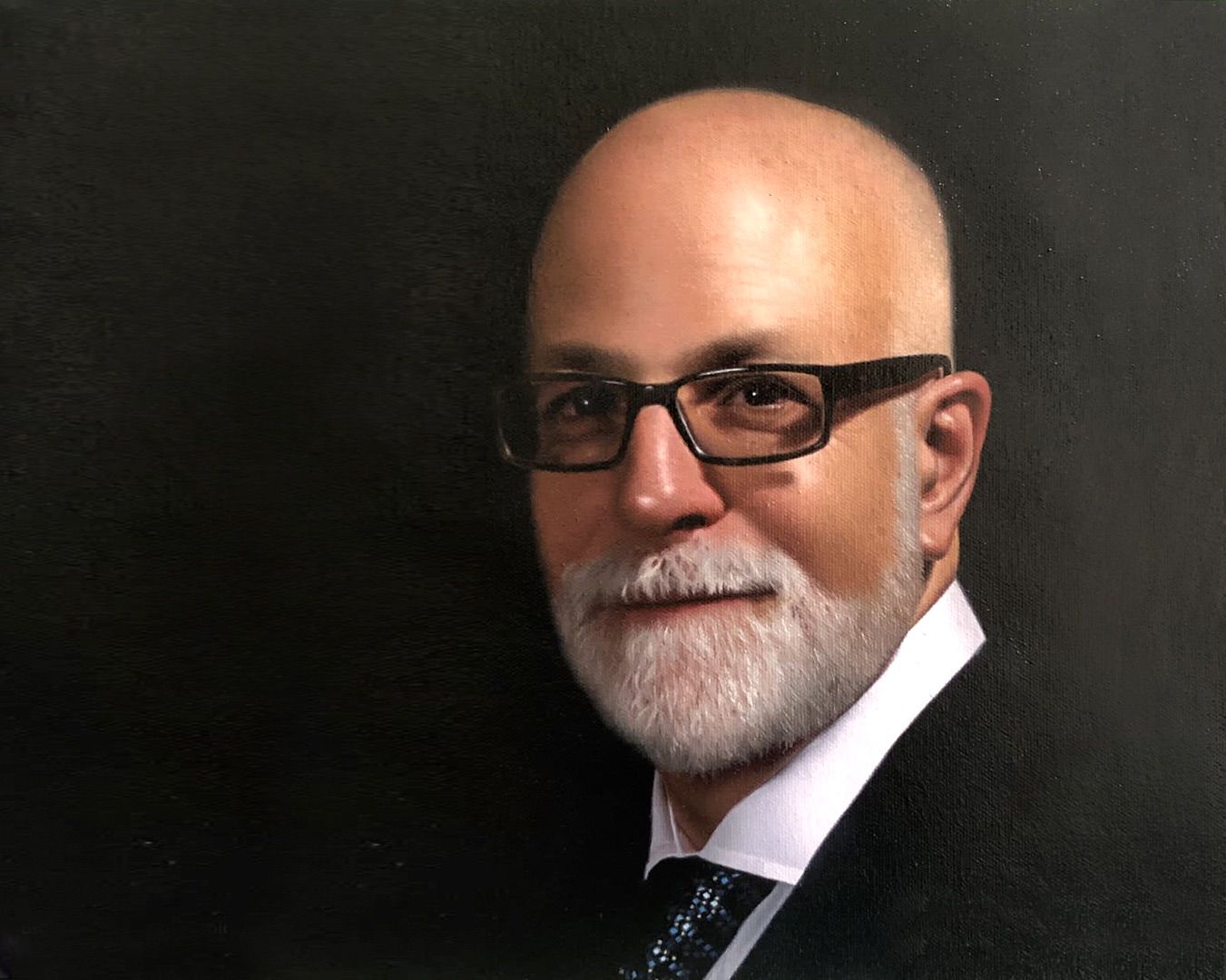
Painting by Evolve student Caitlin H.
Adults no longer think of the alphabet as they read, they simply read.
But what if you took five or six letters out of the alphabet, they evaporate and you can’t use them. Your ability to communicate would collapse.
So even though it feels remedial to go back to basics as an adult, those basics are like the alphabet.
The alphabet is easy, but you can’t communicate without those basic letters.
And so when you’re making art if you’re not starting with something that feels that way, easy, you’re not really learning from the ground up.
Education requires ground-up learning.
FREE MASTERCLASS:
The 4 Part Framework to Develop Artistic Excellence in 12 Months
